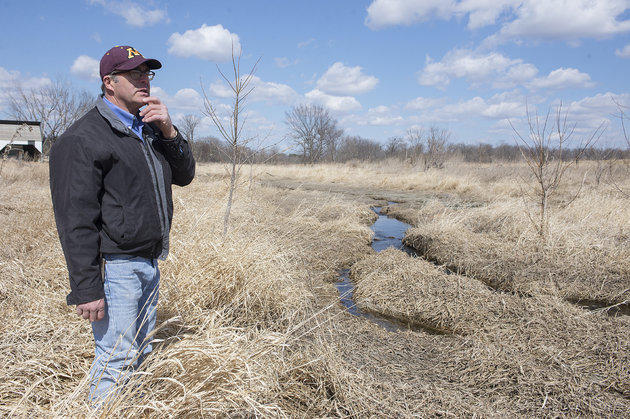Star Tribune:
“The governor said the buffer bill will be one of his most important legacies.
“I think we’ll see in the next couple of years a very significant expansion in the number and quality of buffers to make our water cleaner and increase wildlife habitat,” he said. “Given the predictions that were made at the beginning of the session, that nothing would happen, I think this is a very significant accomplishment.”
...
Said Dayton: “We put the deterioration of Minnesota’s water quality and wildlife habitat on the front burner. It directs attention to the fact that we need to be doing a lot more. “It’s a very important first step, but it’s not the last step.””
Well done Governor Dayton! You tackled a difficult issue, informed people along the way, found reasonable compromises to move it forward, and acknowledged that more work still needs to be done. Good governance and great progress on an important environmental issue.
























